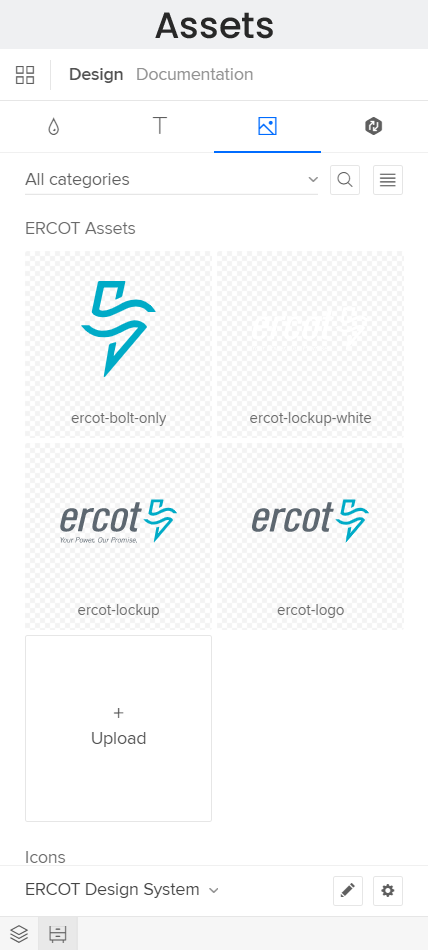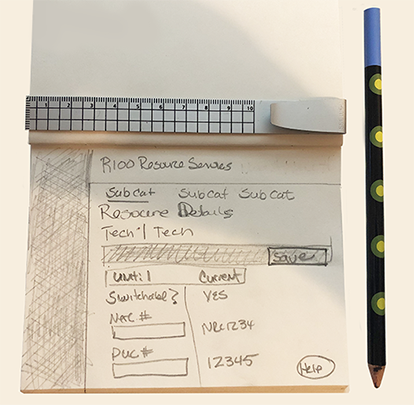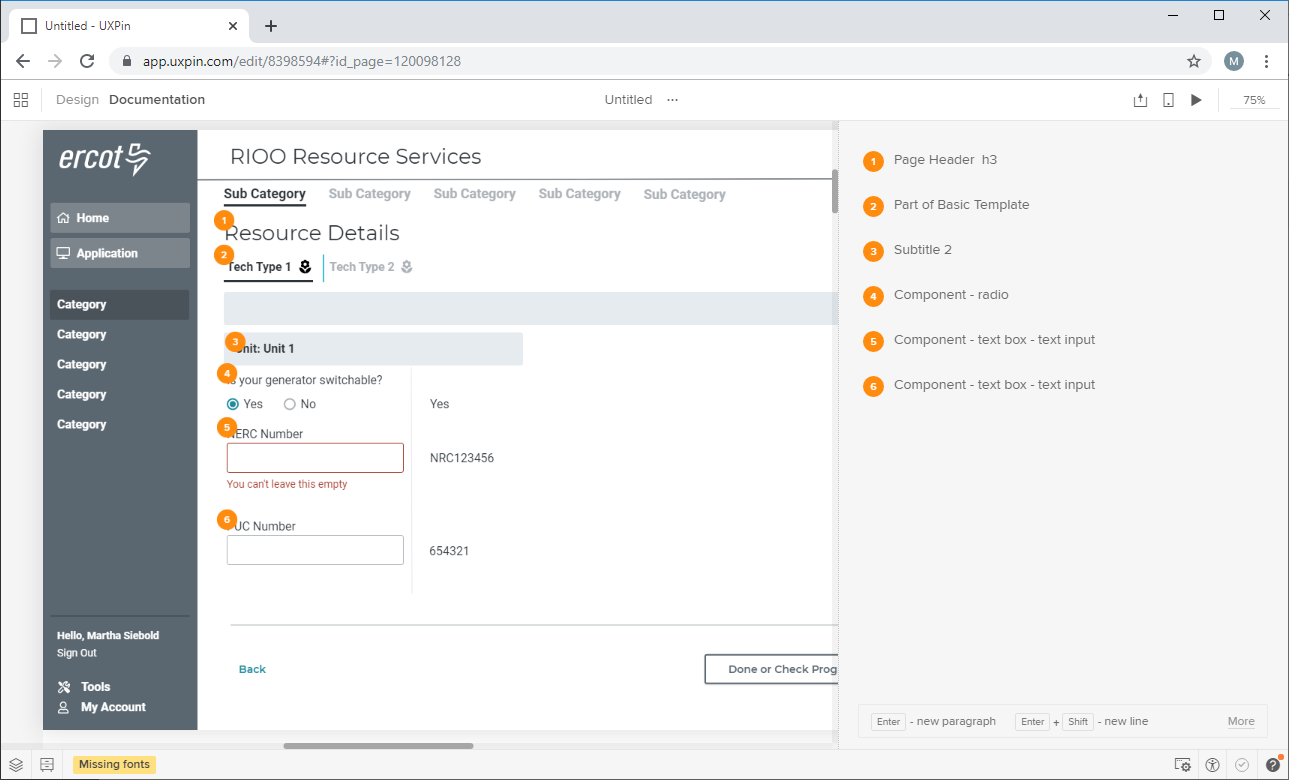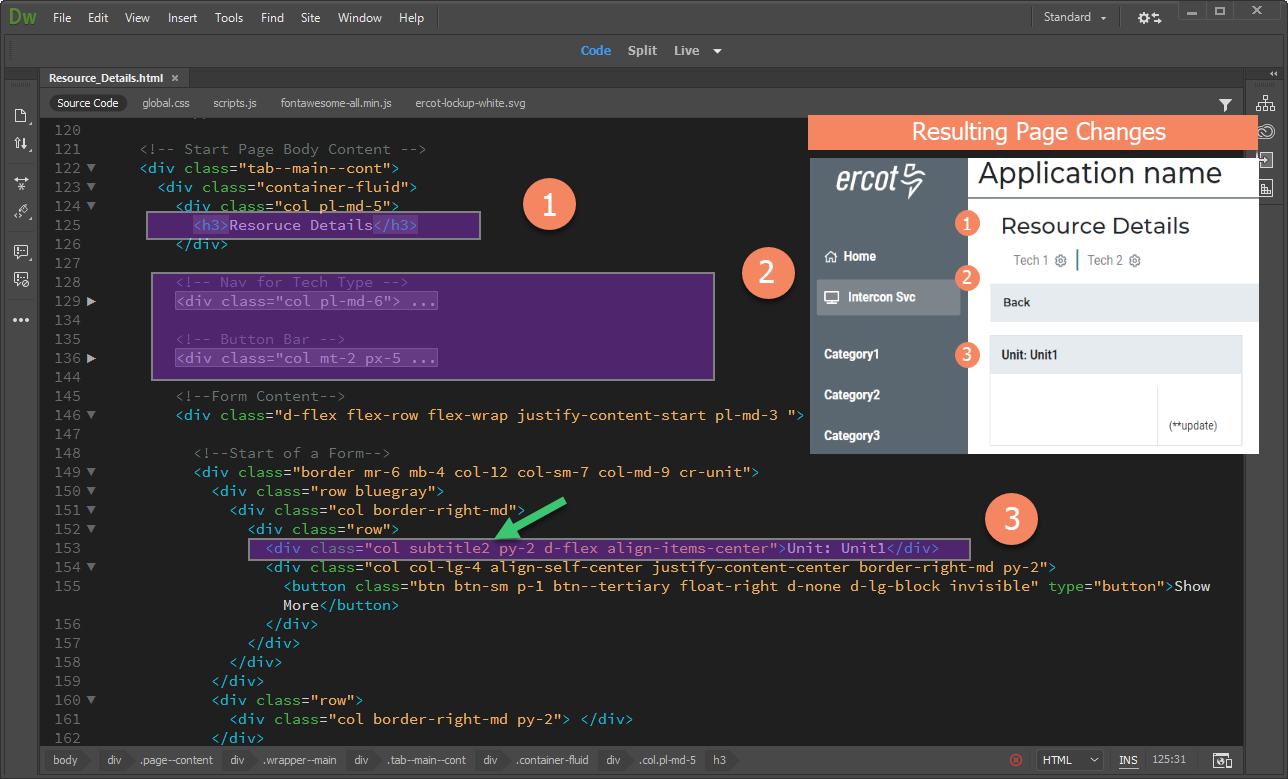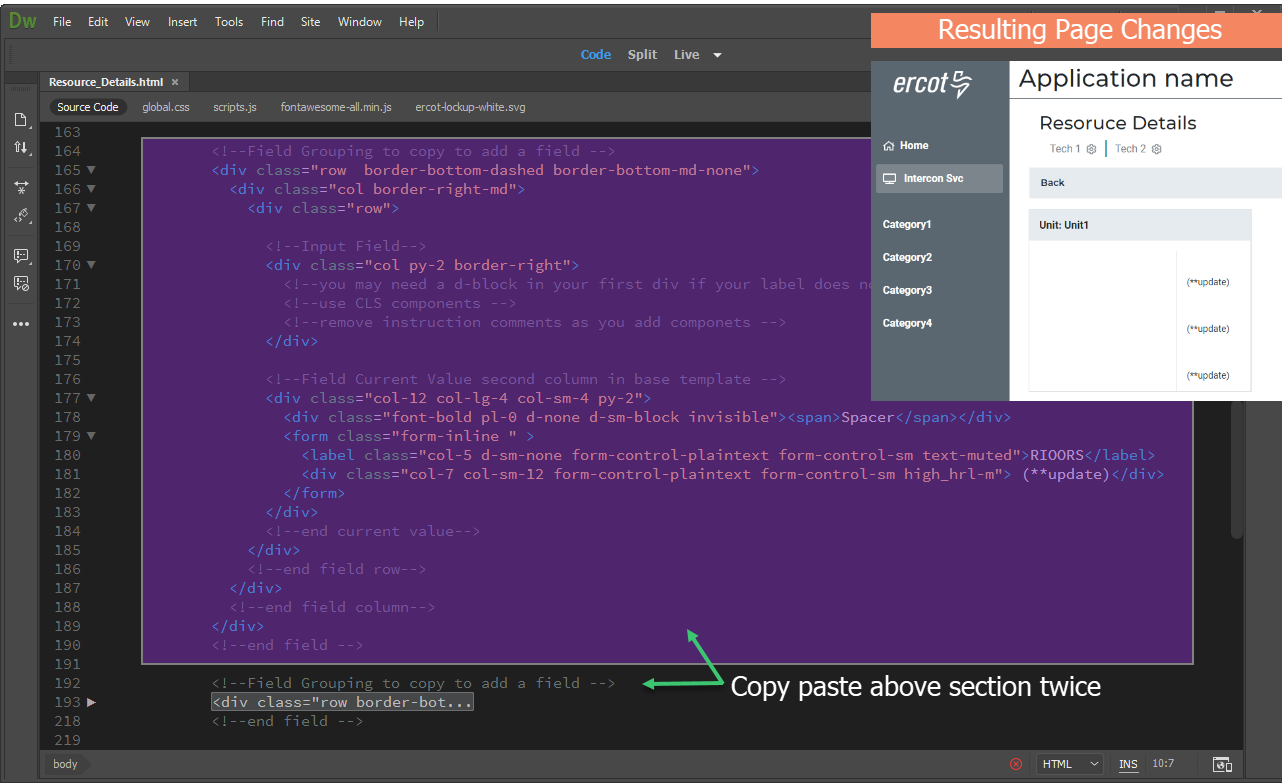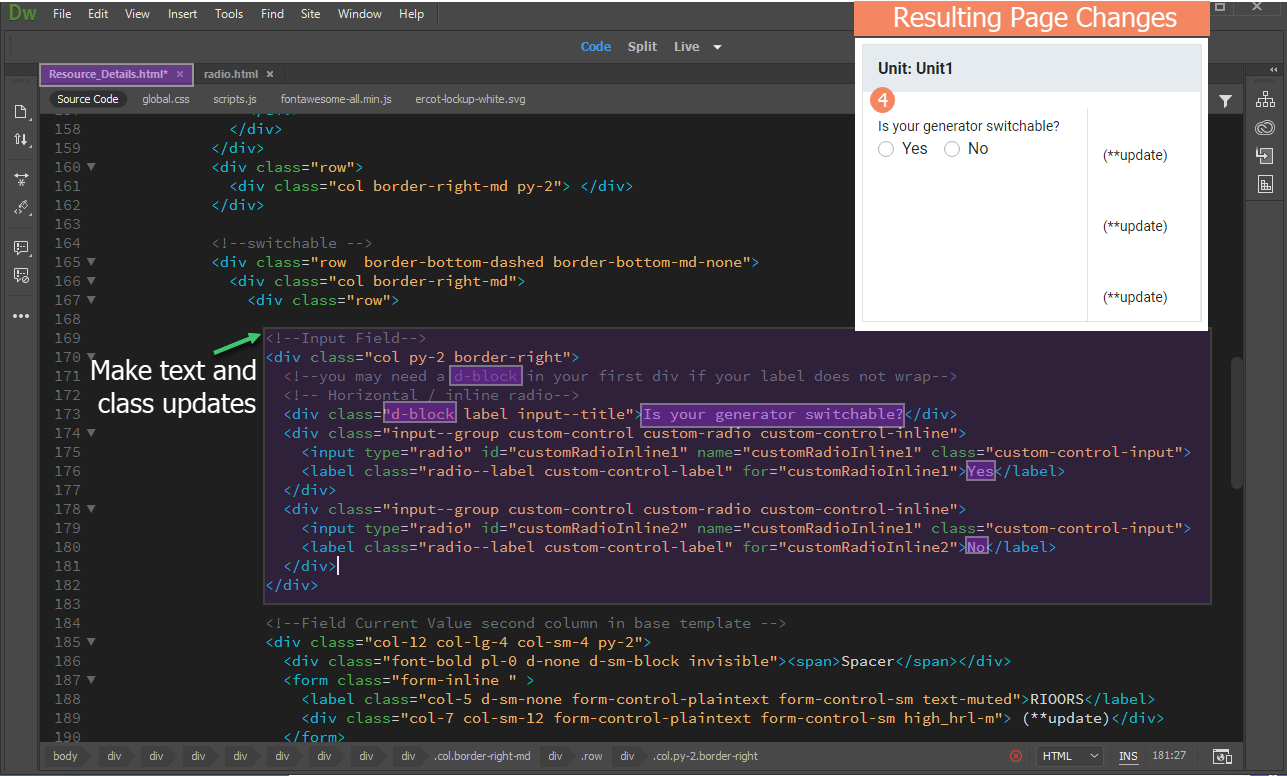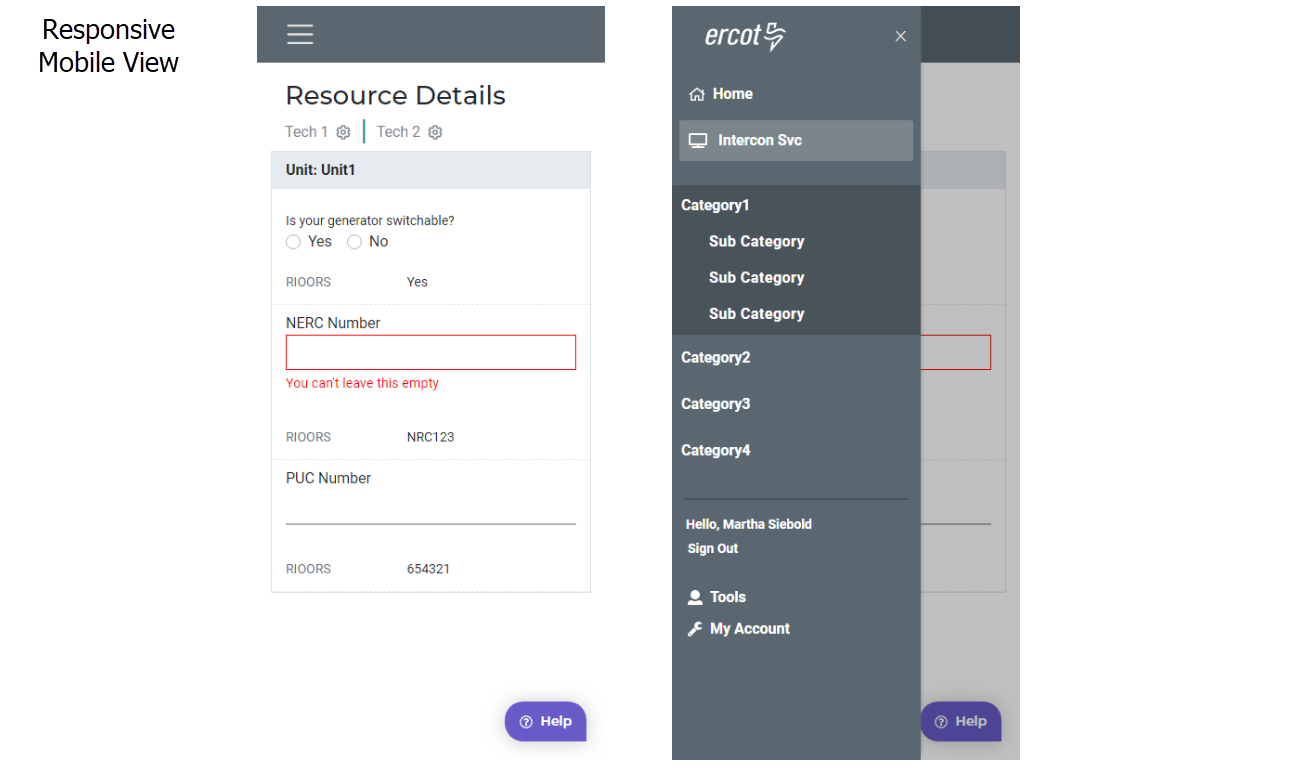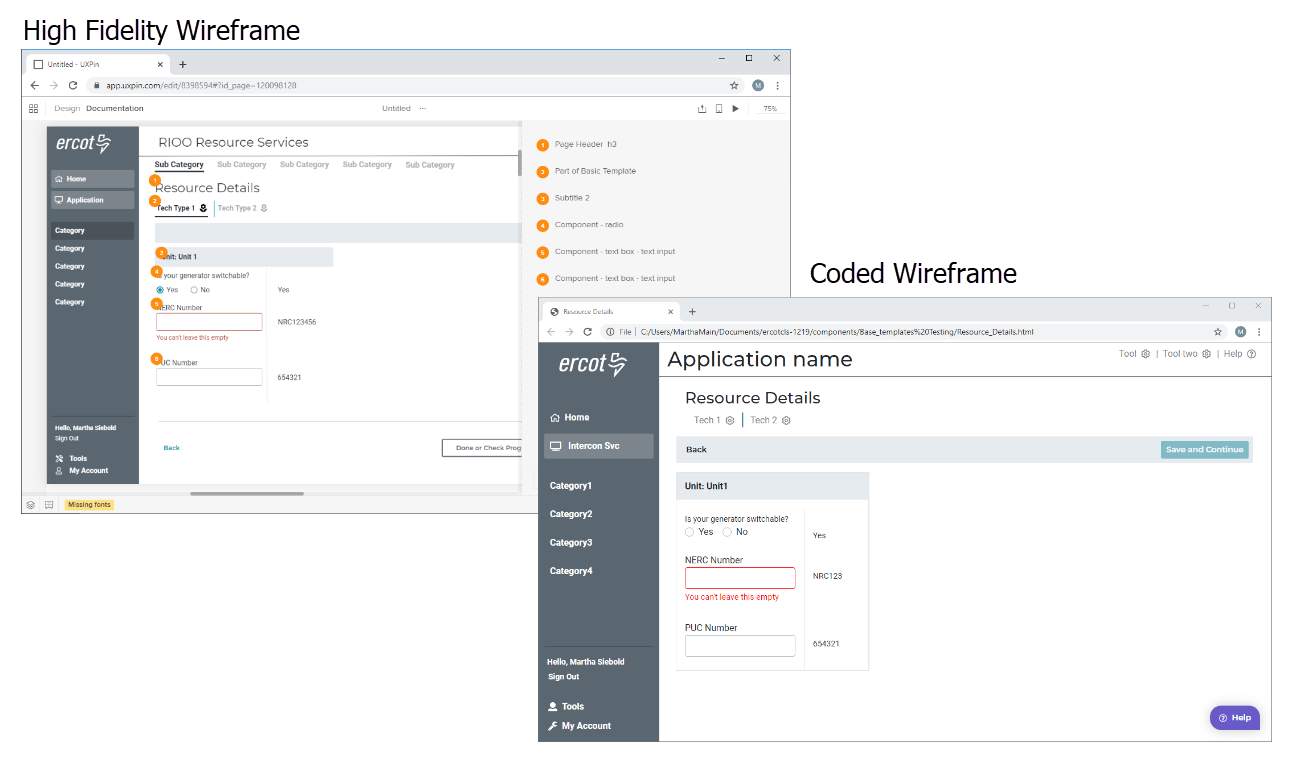Overview
Every time we started a new project or product, the design team would need to redesign all the components from buttons to navigation. The rework cost in labor and dollars repeats for each project. The design system allows us to do this work once and use it for every project. Our outcome is then a consistent set of design principles and user interfaces.
The design system leads to time for innovation — when the basics exist, we have time for innovation. The design system allows my design team to spend time in each project, innovating new components and design patterns to solve more complex UI problems. By the simple fact, they don’t have to redo all of the essential design components necessary in a UI.




